A double brood hatch of cicadas will occur in the United States this year in a synchronized event that last occurred in 1803.
Entomologists are letting residents know that despite a few weeks of dealing with the bugs, the bloom has a silver lining to look forward to.
Rare Synchronized Emergence
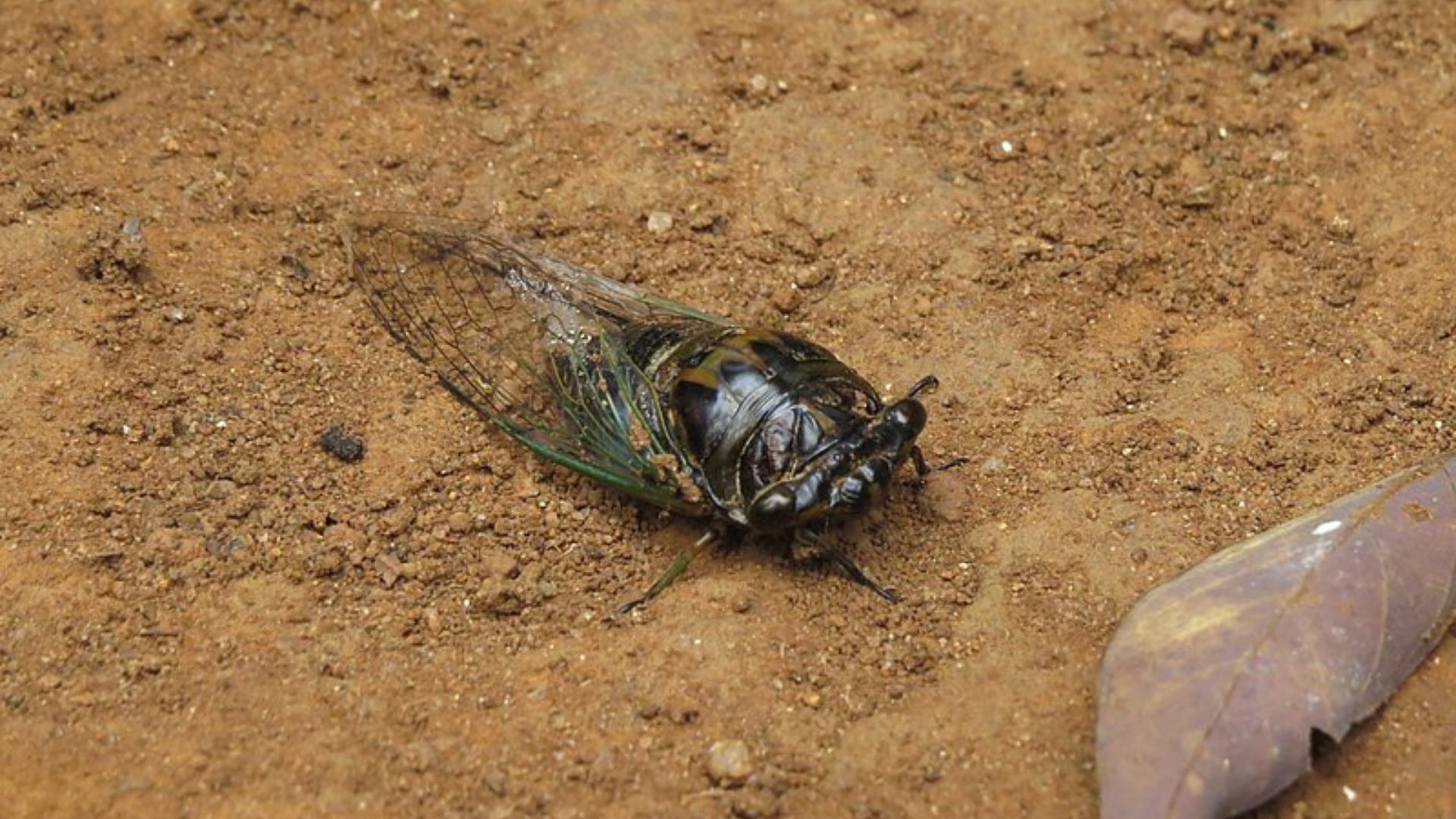
Billions of Cicadas are set to bloom throughout the U.S. Residents in Georgia, North Carolina, South Carolina, Alabama, Mississippi, Tennessee, Arkansas, Kentucky, and Missouri have already spotted the first signs of invasion of the nasty bugs.
The broods will each come from one main hatch: one that operates on a 13-year cycle and one that lives on a 17-year cycle. The two groups of Cicadas hatching simultaneously haven’t occurred for more than 200 years.
Background on Cicada Life Cycles

Tamra Reall, a horticulture and entomology specialist at the University of Missouri Extension, is excited to see the hatch in her lifetime. She hopes to educate the public on the cicadas’ lifecycle.
The cicada spends several years underground as “nymphs” and lives off small amounts of nutrients from tree roots. When they hatch, they live for just a few weeks to mate and lay eggs.
Swaths of Bugs Expected To Delay Life in Affected Areas
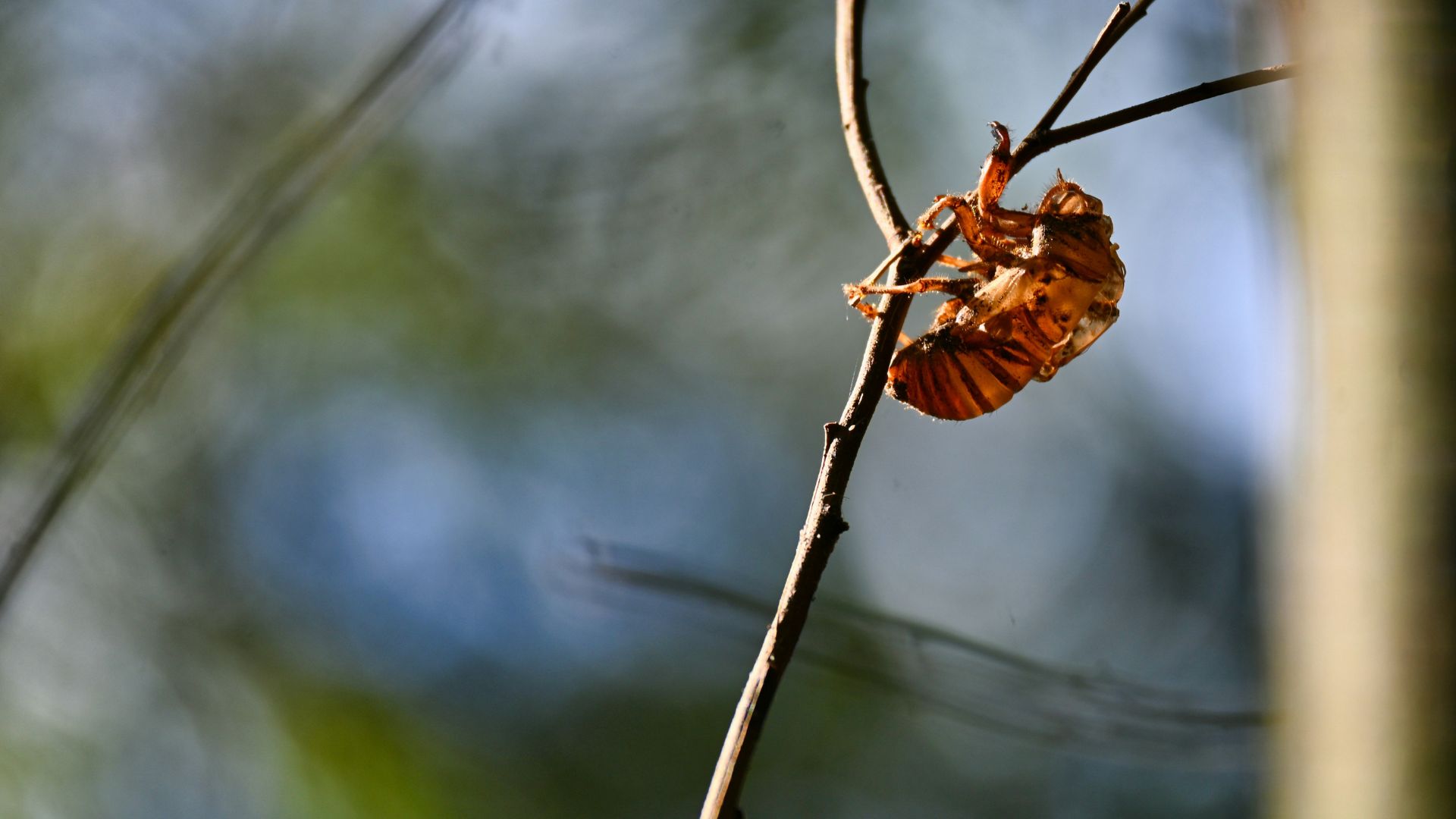
An article by USA Today has done the dirty work and created a map of where the cicada will be flocking to this summer.
Folks in the Midwest and the South are in for a flurry of noisy cicadas from spring to early summer. During the bloom, billions of cicadas will flock throughout cities. When other large blooms have occurred, residents have reported driving through dark clouds of bugs and having windows in their homes and workplaces completely blocked from the sun.
Can the Cicadas Bite?
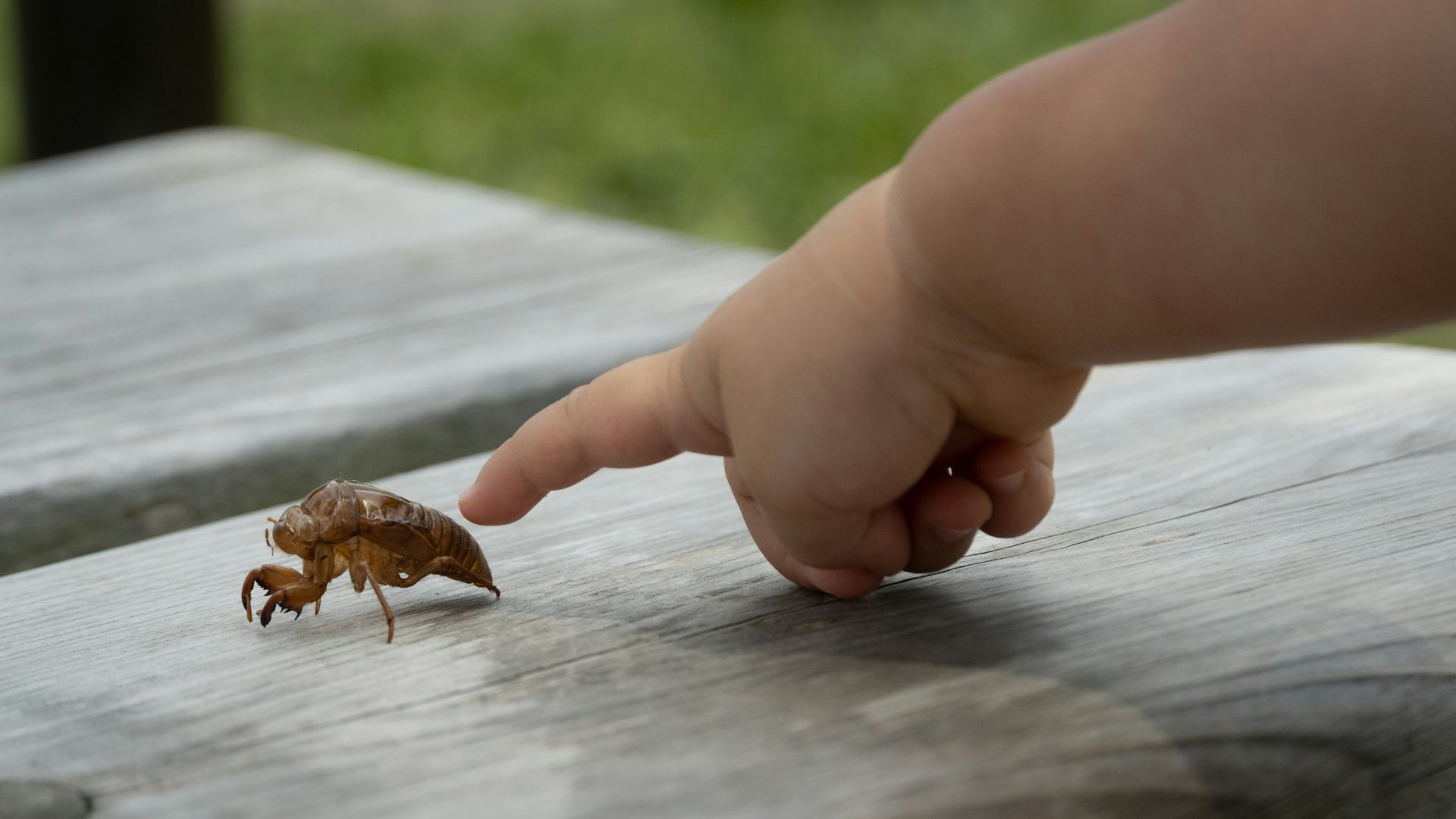
Thankfully, the nasty bugs do not sting or bite humans and are not harmful to pets, crops, or gardens.
What they are, however, is loud and annoying. Many people choose to stay inside for a few weeks when they hatch. Having massive bugs buzz around your head anytime is a severe nuisance.
Caution Should Be Taken by Pet Owners

Although the cicadas cannot physically harm cats or dogs, many pets try to eat bugs they hunt and kill in the yard.
A small bug or a fly is harmless to a dog, but any furry companions who can’t help but eat multiple cicadas or grasshoppers should be kept inside and away from the bugs. Eating too many can cause digestive issues for pets.
Benefits of Dead Cicadas as Compost and Mulch

Reall notes that once the cicadas move through their life cycle and die, the dead bugs will benefit soil and mulch.
The carcasses will break down and add much-needed nutrients to soil throughout cities and forested areas. Floyd Shockley, the co-lead of the entomology department at the Smithsonian National Museum of Natural History, notes that the system is working as intended.
Composting Dead Cicadas
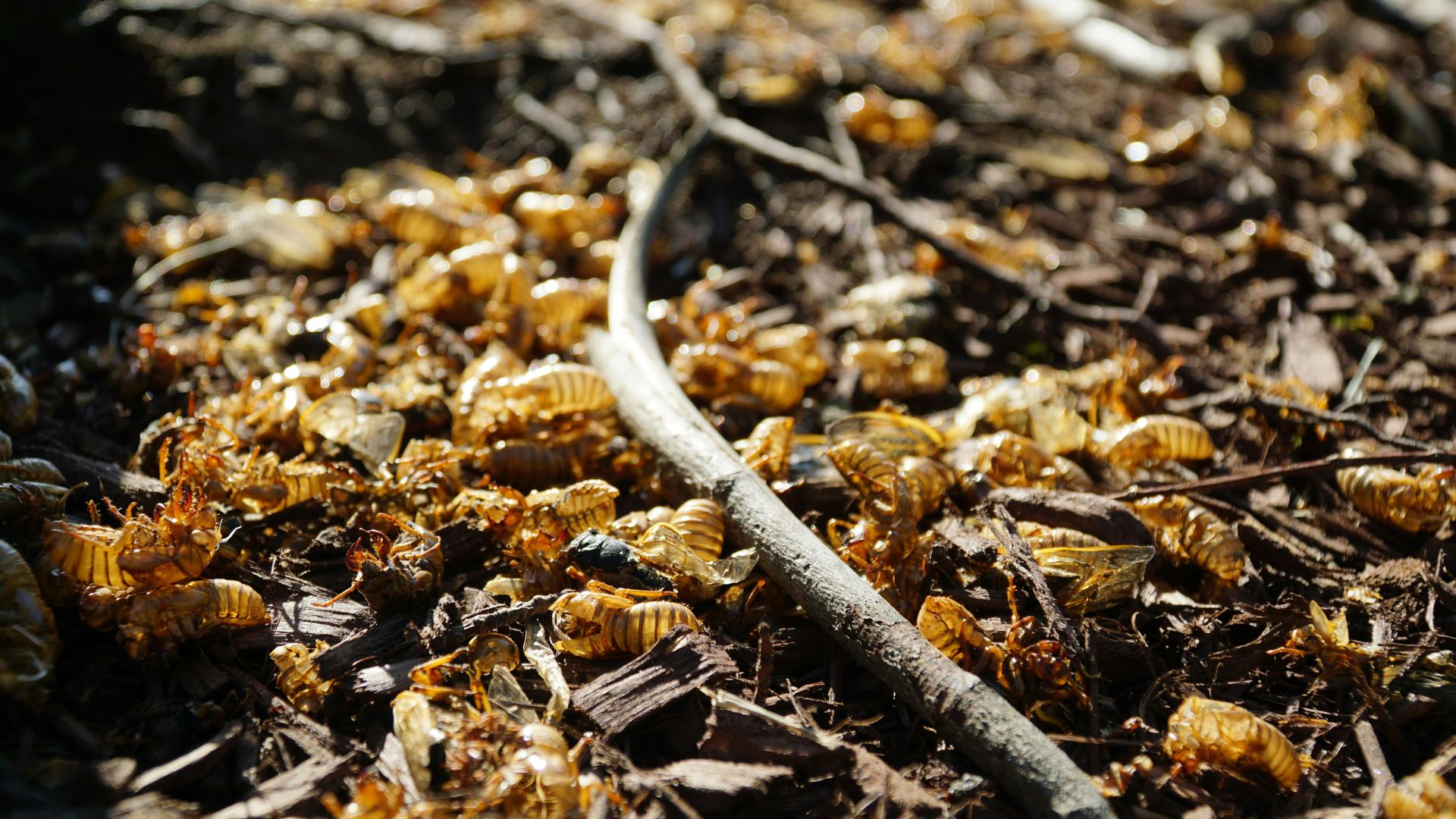
Residents in highly affected areas are told to start their outdoor compost bins now.
When the cicadas die, they will probably be left all over private property and homes in the suburbs. Shockley wants to remind residents not to worry about the dead bugs; they can be composted easily, and almost nothing will remain in a few months.
Tips for Composting Cicadas
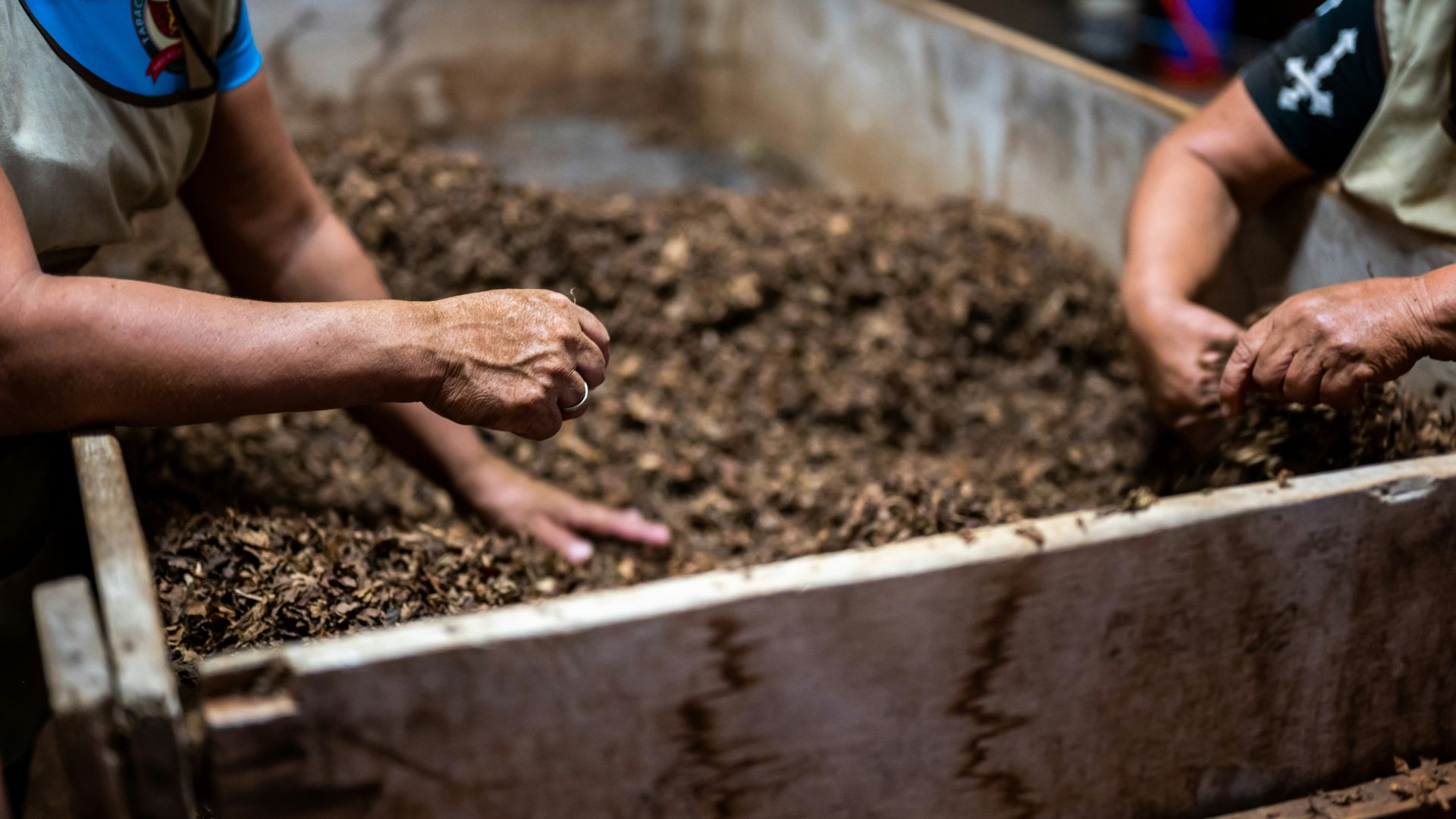
Those who don’t have the time or patience to begin an entire composting system in their yard can move the dead cicadas to a pile in the yard or garden with a shovel or a rake.
Adding materials like mulch, dirt, or mushroom compost can help the little bugs break down faster. The bodies will eventually turn into something called “chitinous material” and can be used as mulch in the garden.
Alternative Disposal methods
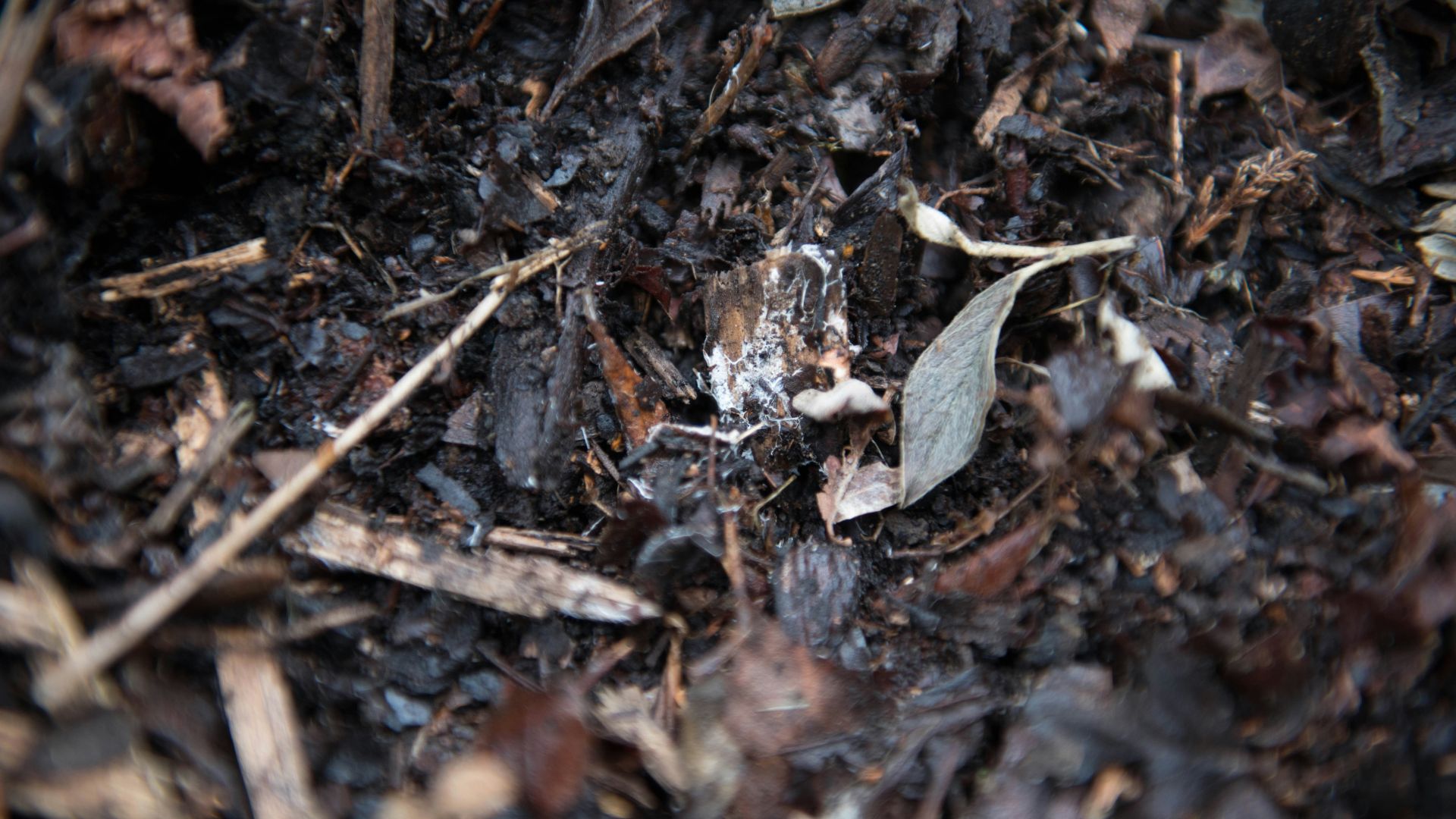
For those who already have a composting system or bin in their yard, experts recommend adding wet, nitrogen-rich soil to the decaying cicadas to speed up decomposition.
Composters call nitrogen-rich material “greens.” A mix of greens and browns is needed to create healthy soil from compost.
Impact of Cicadas on Garden Plants
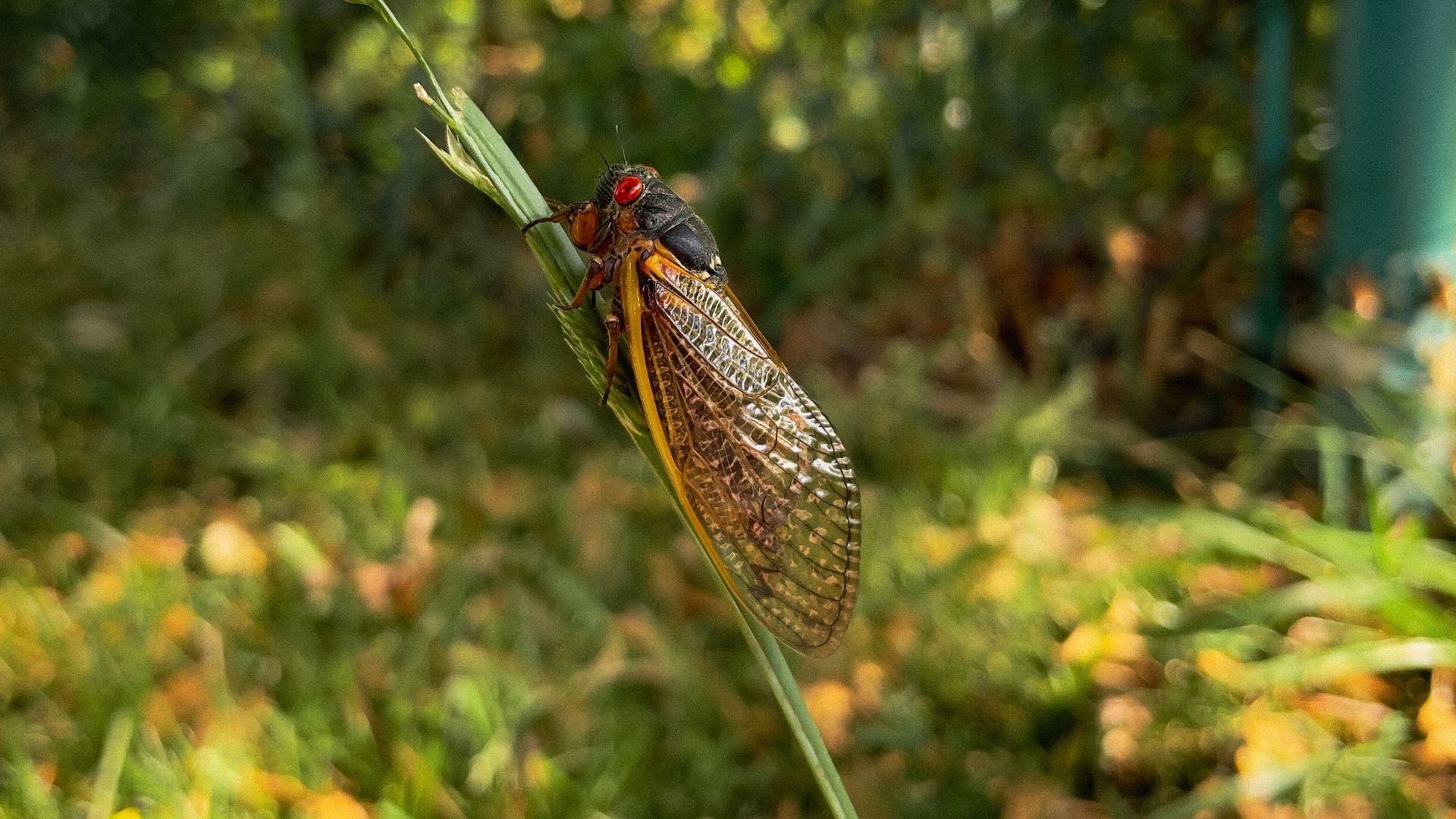
The massive cicada hatch will most likely not hurt your spring garden. The bugs will eat new growth on plants and trees but move on when the leaves are gone.
Trimming trees and bushes can also be a beneficial growth cycle, so it total, the bugs can even stand to help the environment.
Added Aeration and Water Filtration in Soil
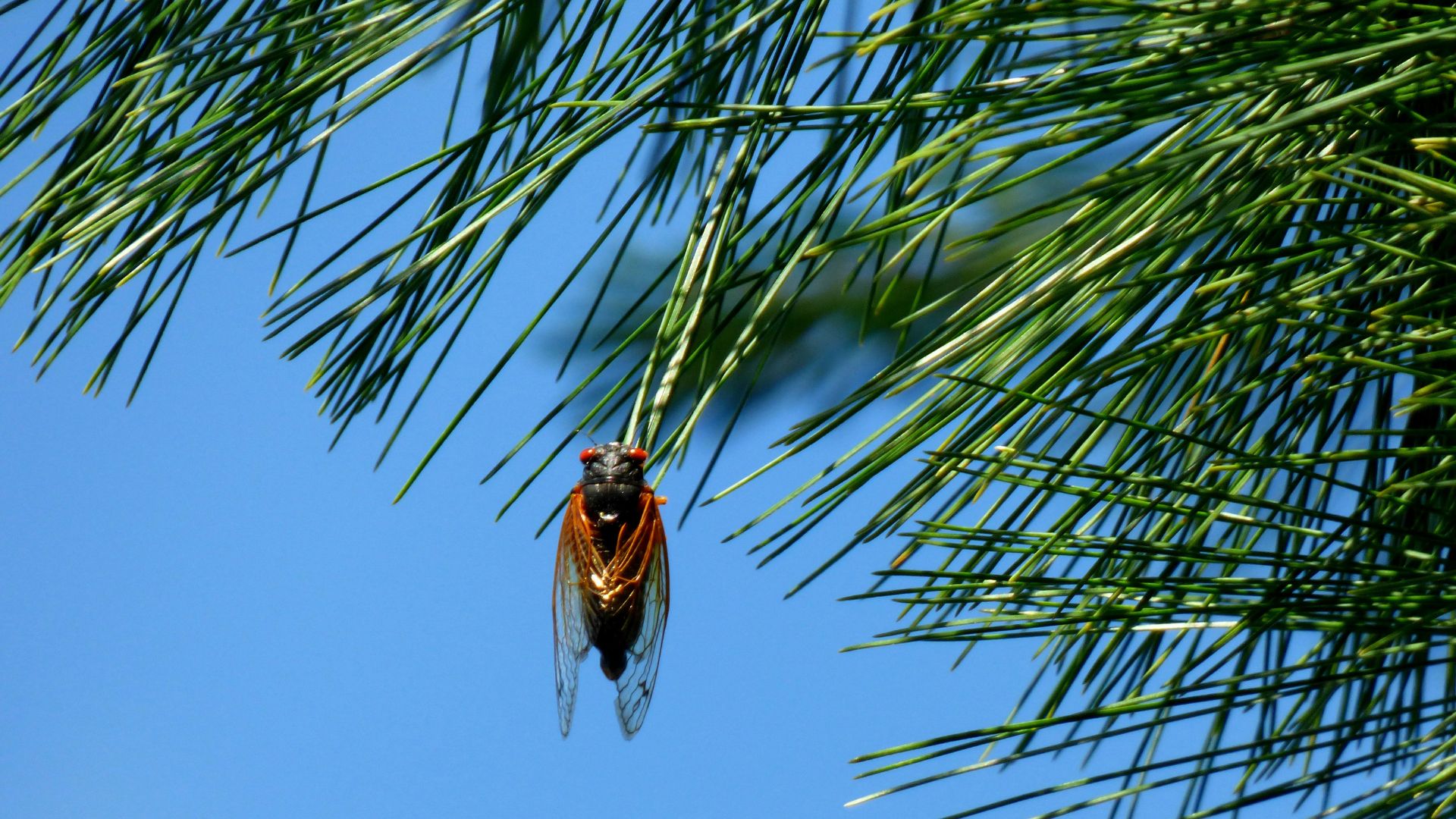
When the cicadas first bloom, they tunnel their way out of the soil. This process is known as aerating the ground and can benefit the soil.
The tunneling can also add nutrients for roots and plants and allow water to reach deep root systems. The strange life cycle of the cicada can be noisy and bothersome but has a positive effect on plants.








































